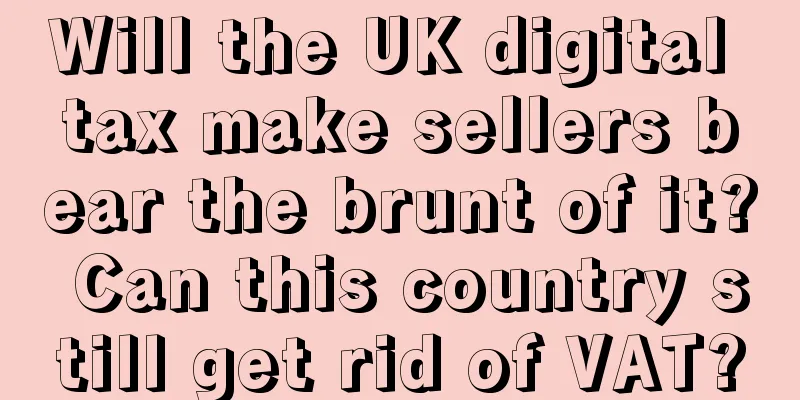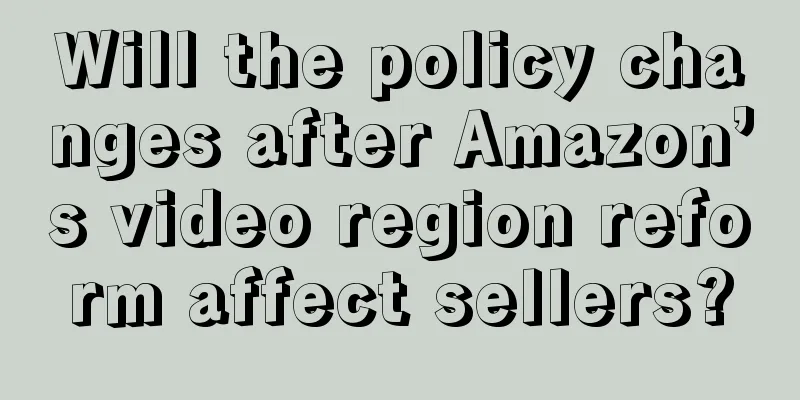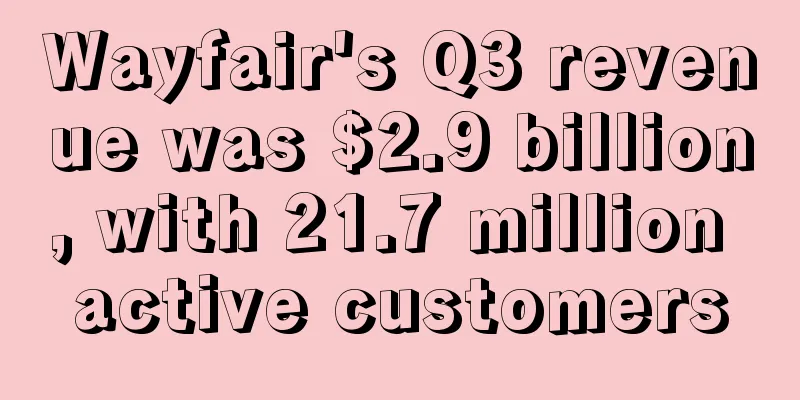|
Ever since Amazon established the rules on follow-selling, this practice has been criticized by many sellers. The listings that they have worked hard to create can easily become someone else's wedding dress. Since then, how to get rid of follow-selling has become a common topic among sellers. The field of follow-selling has gradually developed and matured, with the emergence of Amazon sellers specializing in follow-selling and service providers selling follow-selling tutorials. The follow-up sales tutorial is unbelievable, and it seems that the package is shipped empty It is learned that a seller recently posted a question on the forum, saying that he saw a merchant selling a follow-up sales tutorial in the communication group. According to the tutorial, only Amazon's own products are followed , and from the screenshots, it seems to be Philips products. But if you really follow-sell these products, there is basically no profit.
So, how does this kind of follow-selling method make money? Do they send empty packages and wait for payment, or do they not send the products at all? ▲ The picture comes from Zhiwubuyan Judging from the comments, most sellers are not interested in following sales and sneer at it, believing that this tutorial is useless and can only attract new sellers who are unwilling to spend energy and just want to make a fortune by following sales. However, some knowledgeable sellers pointed out that this operation is actually just an empty package courier that only fills in the order number but does not ship the goods . Relying on the fast repayment speed of some old accounts, they can withdraw cash before the goods are delivered. This is a fraudulent behavior that reaps a wave of "leeks" and then directly "runs away with the money" . It is very dangerous. ▲ The picture comes from Zhiwubuyan ▲ The picture comes from Zhiwubuyan
This fraudulent behavior, disguised as follow-selling, has profoundly harmed the interests of consumers and damaged the reputation of sellers of the same category, which is despicable. But in fact, even if follow-selling is legal, it also makes sellers miserable. Lacking countermeasures, new sellers become "soft persimmons" In 2021, Amazon took drastic measures to rectify copyright infringements. Many sellers have embarked on the road of branding, and the practice of copy-selling, which is extremely easy to infringe copyrights, has fallen to the bottom. But before sellers can catch their breath, copy-selling has become active again this year. As we all know, follow-selling was originally a means for Amazon to balance the sales share among sellers and let them compete on price, mainly to prevent the monopoly of big sellers. However, under the current trend of branding, big sellers have already done brand registration and prepared various rights protection measures to prevent follow-selling. In the end, the small sellers who lack countermeasures are the ones who get hurt . Recently, a seller complained on a forum that he was a newbie in the industry. He had worked hard to run his listing and had just started to see some growth. He had steady orders every day, but one day he woke up to find that there were no orders. He was immediately called in for a talk by his boss. He checked and found that his listing was copied by others, but he didn't know how to deal with it. ▲ The picture comes from Zhiwubuyan There are also posts saying that their products on the US site were repeatedly copied by FBM during the early morning hours. Although these products have brand registration, two infringement complaints through the platform fell on deaf ears. After sending email warnings on the site, the other party continued to do its own thing. They were forced to find a third-party service provider, but after trying for a few days, it still didn't work . ▲ The picture comes from Zhiwubuyan In fact, it is difficult to expect Amazon to effectively handle complaints without sufficient evidence to prove the other party’s infringement. Many new seller accounts do not have proper brand registration, or they lack experience in filing appeals, resulting in incomplete appeal materials and rejection. So, how can small sellers, who already have a hard time surviving, effectively prevent being copied? How can small sellers protect themselves from copycat sales? In the current environment, Amazon’s official complaint channel is not completely trustworthy. Here are some measures to help sellers: 1. Register a brand and do a good job of brand filing Strengthening brand building is the foundation of supporting rights protection. Putting your own logo on your pictures and products makes it difficult for sellers who intend to copy your products to completely copy your pictures. In addition, inserting brands into the copy can prevent your product listings from being edited by others. 2. Modify the Listing from time to time Modify the content of the listing regularly, such as changing pictures, modifying titles, etc. Some sellers who want to copy your listing will not be able to adjust in time if they are not careful, and they are likely to be reported by buyers for complaints that the product does not match the description. 3. Utilize the information network among sellers In addition to taking measures in its own operations, it is also necessary to take active actions externally. If the countermeasures are insufficient and you encounter malicious follow-up sales, you can expose the other party's information to the relevant platforms, and all sellers will denounce it together. The other party will be under tremendous pressure and give up follow-up sales. At the same time, a page dedicated to exposing follow-selling has been set up in the cross-border e-commerce evaluation blacklist database , which effectively helps sellers to give early warnings and combat malicious follow-selling. Welcome to click the link to view https://www..com/forum-7.htm
|










